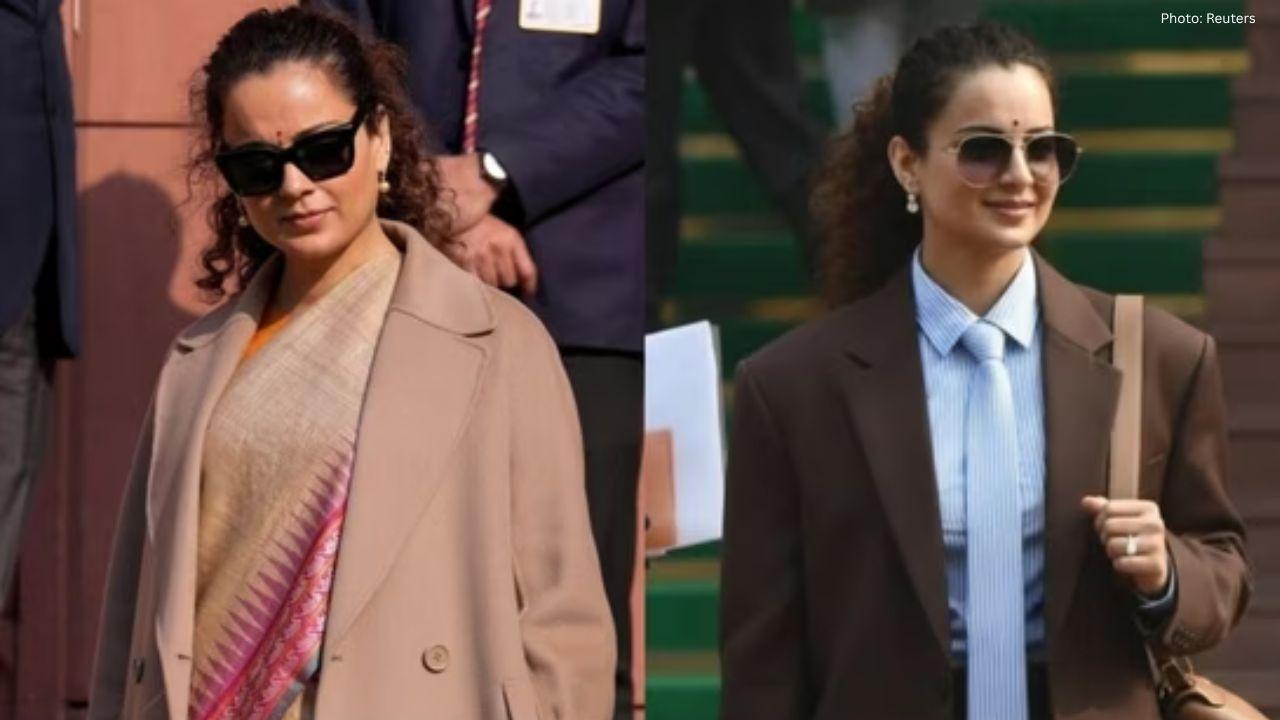You have not yet added any article to your bookmarks!

Join 10k+ people to get notified about new posts, news and tips.
Do not worry we don't spam!

Post by : Anis Farhan
Every four years, as the Olympic flame ignites and the world tunes in, familiar patterns emerge: certain nations seem to dominate the medal table, year after year. Whether it’s the United States’ dominance in swimming and track, China’s strength in gymnastics and diving, or the enduring excellence of countries like Russia in wrestling and figure skating, the trend is hard to ignore. This recurring phenomenon raises questions: why do some countries keep winning big, while others struggle to make a mark? The answers lie in a blend of economic investment, cultural values, political strategy, and sporting infrastructure.
One of the most significant factors driving Olympic dominance is long-term financial and infrastructural investment in sports. Nations like the U.S., China, and Australia pour billions into athlete development programs, state-of-the-art facilities, and advanced training techniques. This funding ensures that potential talent is identified early and nurtured through world-class coaching.
For example, the United States Olympic Committee works closely with private sponsors to fund athletes, ensuring that financial barriers don’t derail promising careers. Similarly, China’s state-run sports system scouts young athletes as early as primary school, training them intensively in specialized academies. Over decades, such systems create a deep pipeline of elite performers who can compete at the highest levels consistently.
Population size plays an undeniable role in Olympic performance. Countries with large populations, like China, the U.S., and India, naturally have bigger talent pools. While population alone doesn’t guarantee success—India, for instance, has historically underperformed relative to its size—it does provide more opportunities to discover exceptional athletes.
The key lies in combining a vast talent base with effective scouting and training systems. China’s meticulous talent identification programs ensure that even in a population of over a billion, standout prospects are quickly recognized and developed. In contrast, smaller countries that dominate—such as Jamaica in sprinting or Kenya in long-distance running—rely on cultural factors and natural environmental advantages rather than sheer numbers.
Sport is deeply intertwined with national culture in many medal-leading countries. The U.S. has a rich tradition of competitive school and college sports, which serve as breeding grounds for Olympic talent. In Jamaica, sprinting is not just a sport—it’s a national passion, with community pride and youth aspirations tied to track and field success.
Similarly, in Russia and former Soviet states, certain sports like wrestling, gymnastics, and weightlifting have been historically prioritized, reflecting decades of cultural emphasis and government support. The pride associated with these disciplines creates an environment where young athletes are inspired to train hard, knowing they are part of a long lineage of champions.
For some countries, Olympic success is more than just sporting glory—it’s a matter of international prestige. During the Cold War, both the United States and the Soviet Union viewed Olympic victories as proof of ideological superiority. This rivalry spurred massive investments in sports science, athlete welfare, and specialized coaching.
Today, countries like China continue to see the Olympics as a platform to project soft power and national pride. Winning gold medals boosts a country’s image globally, strengthens patriotism at home, and reinforces the narrative of a strong, capable nation. This political motivation often translates into sustained funding and policy support for athletes.
Modern Olympic champions are as much a product of science as they are of skill. From biomechanical analysis to high-altitude training chambers, cutting-edge technology has transformed the way athletes prepare. Wealthier countries have the advantage here, as they can afford research collaborations with universities, advanced recovery equipment, and data-driven training regimes.
For instance, U.S. swimmers benefit from hydrodynamic testing in specialized pools, while British cyclists work closely with aerodynamics experts to fine-tune every detail of their performance. These marginal gains, when added up, can mean the difference between a gold medal and finishing off the podium.
Some countries choose to focus their resources on sports where they have a competitive edge. Kenya and Ethiopia, for example, invest heavily in long-distance running because their athletes have natural advantages from training at high altitudes. Similarly, South Korea dominates in archery due to a well-developed national program and strong cultural interest in the sport.
By concentrating on niche areas, these nations maximize their medal potential without spreading resources too thin across dozens of disciplines.
Olympic dominance often starts at the grassroots level. Countries with strong youth sports systems—whether through schools, clubs, or community programs—create environments where talent can emerge naturally. The U.S. college sports system, for example, not only provides world-class facilities but also offers scholarships that allow athletes to train full-time while pursuing an education.
China’s model is more centralized, with government-run academies scouting children as young as six for specific sports. While this approach is rigorous and sometimes criticized for its intensity, it produces athletes who are technically polished and mentally conditioned for elite competition.
In many successful nations, corporate sponsorship plays a huge role in supporting athletes. From providing high-performance gear to funding international travel for competitions, private sector involvement ensures athletes can focus on training without financial worries. The United States, Japan, and Australia have particularly strong corporate-athlete partnerships, which help bridge the gap between public funding and the actual costs of elite sports participation.
While dominant nations reap the benefits of investment and infrastructure, many others face challenges that hinder Olympic success. Limited funding, political instability, lack of facilities, and low prioritization of sports in education can all prevent countries from reaching their athletic potential.
Additionally, in some nations, promising athletes face societal or family pressures to focus on traditional careers rather than sports, especially in places where professional athletic careers are seen as financially uncertain.
The gap between dominant and emerging nations is narrowing in some sports, thanks to increased global access to training knowledge, online coaching, and international competition exposure. Nations like Brazil, Turkey, and India are beginning to show more consistent results, proving that with targeted investment and support, even countries without a long history of Olympic dominance can break into the top ranks.
However, the established powers still enjoy structural advantages built over decades—advantages that will take years, if not decades, for others to match.
The Olympics aim to unite nations through sport, but the medal table often reveals stark inequalities. While every country dreams of Olympic glory, the reality is that resources, infrastructure, and cultural support play far bigger roles than talent alone.
It’s possible that in the future, with more equitable funding from organizations like the International Olympic Committee and increased collaboration between nations, we might see a more diverse distribution of medals. For now, though, the familiar dominance of certain countries looks set to continue—driven by history, politics, and a relentless pursuit of excellence.
The views and opinions expressed in this article are for general informational purposes only. They do not represent the official stance of the International Olympic Committee or any specific government. All examples are based on publicly available information and general trends.










Two Telangana Women Die in California Road Accident, Families Seek Help
Two Telangana women pursuing Master's in the US died in a tragic California crash. Families urge gov

Ranveer Singh’s Dhurandhar Roars Past ₹1100 Cr Worldwide
Ranveer Singh’s Dhurandhar stays unstoppable in week four, crossing ₹1100 crore globally and overtak

Asian Stocks Surge as Dollar Dips, Silver Hits $80 Amid Rate Cut Hopes
Asian markets rally to six-week highs while silver breaks $80, driven by Federal Reserve rate cut ex

Balendra Shah Joins Rastriya Swatantra Party Ahead of Nepal Polls
Kathmandu Mayor Balendra Shah allies with Rastriya Swatantra Party, led by Rabi Lamichhane, to chall

Australia launches review of law enforcement after Bondi shooting
Australia begins an independent review of law enforcement actions and laws after the Bondi mass shoo

Akshaye Khanna exits Drishyam 3; Jaideep Ahlawat steps in fast
Producer confirms Jaideep Ahlawat replaces Akshaye Khanna in Drishyam 3 after actor’s sudden exit ov